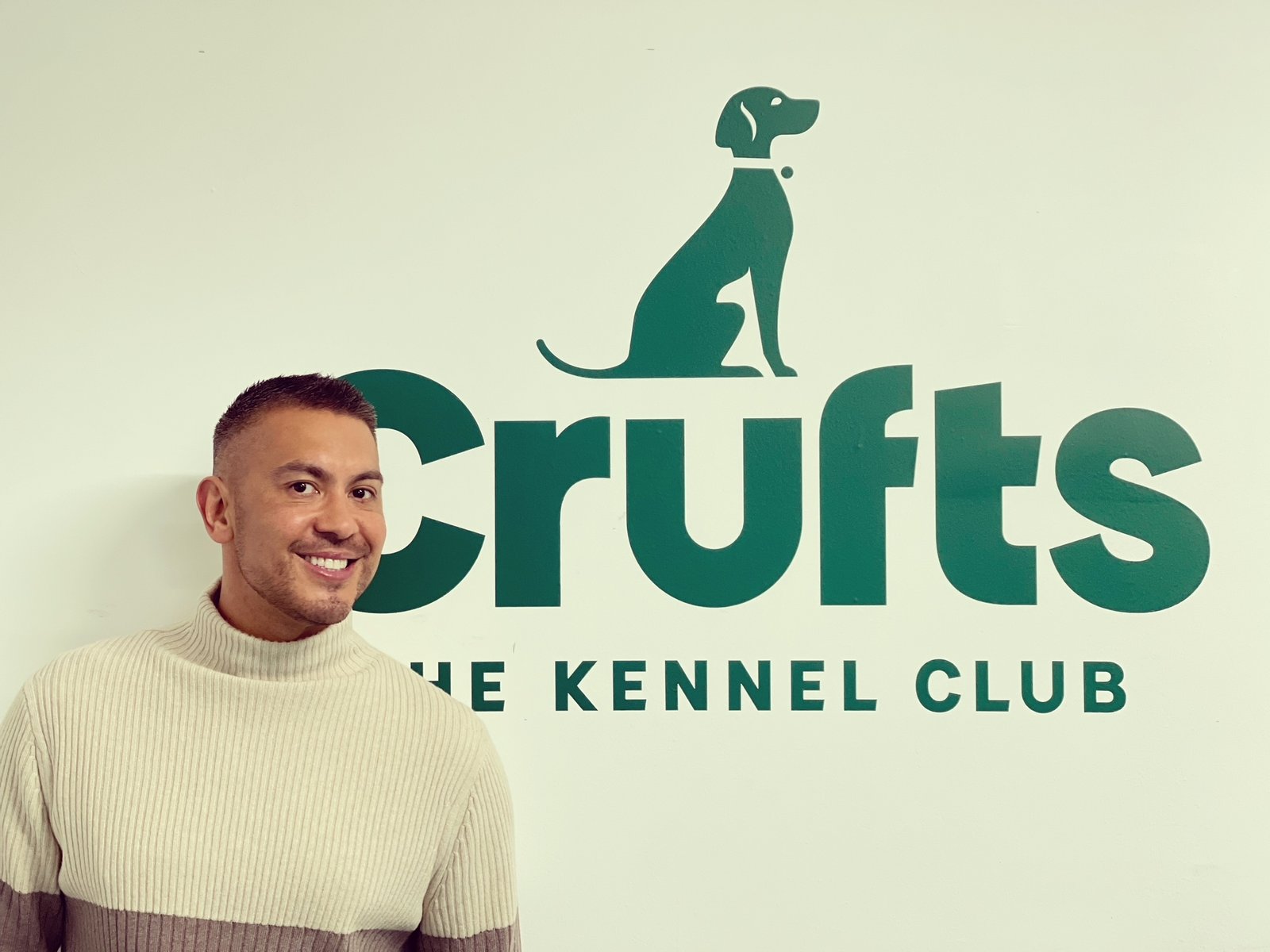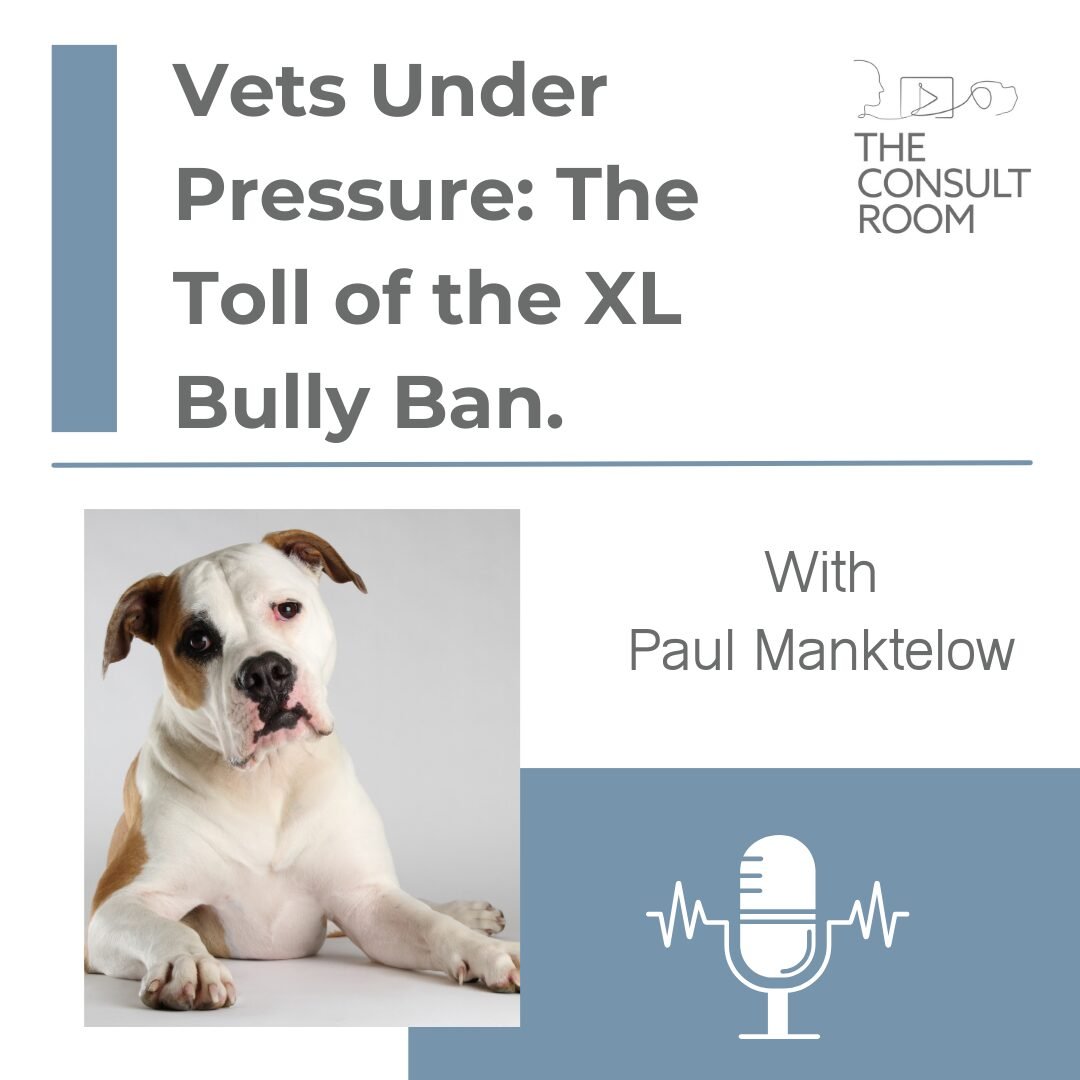We’re all being hit hard financially at the moment and everything seems to be going up – including pet food costs and prices for treatments, toys and petcare. In recent times I’ve visited several pet food banks around the country, spoken to people struggling to make ends meet and I’m contacted daily by pet owners who are concerned about whether they can afford to keep their pets. To help, I’d like to share some practical advice on cutting costs in pet care without compromising on your pet’s health and wellbeing.
Cutting pet food costs
We feed our pets every single day so, when you’re also struggling to afford the weekly groceries, pet food costs are a real concern. To help cut costs, consider:
- Shopping and changing – the cost of pet foods vary massively, from a few pence to several pounds daily. I’d always recommend working out the daily cost of your usual pet food before taking a look at alternative foods, especially as there are some really good, balanced foods at the lower end of that cost spectrum. If it’s cost-effective to change, I have some further advice on making the transition to cheaper pet food here.
- Bulk buy food – purchasing larger quantities may cost more at the checkout but could offer longer-term savings.
- Bulk out food – it’s possible to bulk out the pet food with alternatives like rice, pasta or potatoes for a few days. Or, consider asking a local butcher about offers on cheap, fresh meat such as offal, such as liver and kidneys. These types of substitutions can be OK for a few days but they’re not always nutritionally balanced so it’s not a long-term solution.
- Pet food banks – for longer term or regular support with pet food costs, consider visiting a pet food bank. There’s no shame or guilt attached – reaching out is part of caring for and keeping your pet and the charities are there to help. The Blue Cross share information about a national network of foodbanks on their website, so see if there’s one local to you.
Pet care costs
Whether caring for ourselves or our pets, prevention is always better than cure. If preventative treatments and vaccines are a cost too far currently:
- Speak to your vet about your pet’s regular products to see if they can be administered in a more cost-effective way, for instance by stretching out monthly products safely to six weeks or even two months. If you are in a parasite prevalent area, sticking to monthly may be essential, so do also …
- Ask your vet about the prominent parasites locally, so you can target preventative treatments towards those. For instance, if lung worm is prevalent in your area, that’s what you should be focusing on as it can be fatal in dogs but ticks mean trouble in your area, then that might be what you should focus on.
- Turn quality time with your pet into check-up time with hands-on health checks at home. Add in a flea comb for grooming as a thorough, regular flea check. Administering a good quality, hard-hitting flea treatment as soon as you notice them is cost-effective prevention and, if you don’t find any, you’ll know it’s fine to stretch flea treatments out a little more.
Getting value from vaccines
A regular vaccine schedule is always important. However, some dogs are more at risk than others for the diseases we vaccinate against. For example, puppies must be vaccinated to give them immunity against common diseases, but an older dog which has been vaccinated all its life will already have some immunity. So skipping a vaccine is less of a risk for an older dog if you need to save the costs currently but do consider that missing a year may mean restarting the course later on.
Again, speak to your vet for advice on getting the best value from vaccines. Many veterinary practices offer plans which combine parasite and vaccination costs with options for making discounted monthly payments, to help spread the costs of preventative health care rather than have to pay it all up front.
Ideas about insurance
Pet insurance is a huge subject and can be a significant cost depending on your pet’s age, breed and any existing conditions to your location, so when buying or renewing your policy, always shop around first.
If you are thinking of cancelling your insurance to try to help your budget, consider these other options first:
- Ask your vet about payment plans for ongoing treatments.
- Explore whether any local charities may help with veterinary care or offer voucher schemes should your pet become ill.
- Consider all the options for treatment if your pet does become unwell. Speak honestly to your vet, particularly if you’re on a really tight budget, to explore affordable ways to approach health problems and treatments.
Don’t pay to play
Pet toys can be extremely expensive and, if your dog’s like my dog Rodney, a really good toy may not even last a day! However, stimulation from play is essential so here are my top tips for affordable play:
- Rope toys are quite expensive but don’t really last. However, old clothes easily recycle into rope toys. Denim’s a particularly durable fabric and a pair of old jeans can be easily cut and knotted into several tug toys your dog might love.
- If you purchase toys, aim for tough ‘chew-proof’ brands. Tying denim tug toys around an indestructible ring makes a really durable but enjoyable toy, great for supervised play.
- Remember that play is free! Whether it’s hide’n’seek around the house, games outside or walks, play delivers stimulation, great mental exercise and bond-building without busting the budget.
Do doggy daycare differently
After getting their dogs in the pandemic, many owners are now working from home less and have the dilemma of what to do with the dog. Doggy daycare and dog walkers are fantastic solutions for providing dogs with daily care, exercise and stimulation but these costs add up. So what can you do if you’re struggling?
- Many community threads on social media offer doggy play dates, meet-ups and walks. Research these as a great way to find local people to partner up with for dog walking and shared care.
- Reach out to family, friends and neighbours who might want to help out with dog walking and day care.
- Also, ask at work – your boss and colleagues may welcome your dog to the workplace. Many companies support this as there are all sorts of proven health benefits to having a dog at work, so it’s a great option to explore.
Affordable pet ownership
Research reveals the many benefits of owning a pet and, after working in the charity sector for over 20 years, I personally believe everybody should have the right to have a pet. However, if affordability threatens to prevent pet ownership, there are options to explore which may help spread the cost and bring the benefit of having a pet.
- Share a pet – if someone you know well is in the same position, agree a pet share. This arrangement means half the costs, half the responsibility, easy shared care but absolutely the same amount of joy.
- Borrow a pet – as part of a Borrow My Doggy scheme, my Rodney is out 3 times a week with different families in the local area. These schemes enable families to borrow a dog and enjoy the fun and exercise that comes with it, but without the associated costs. It benefits me as I don’t have to pay for doggy daycare and it’s also great for Rodney’s socialisation.
- Foster – many animal charities run foster schemes for pets waiting to be rehomed or are in training: you foster the pet at home whilst the charity covers the costs – it’s a win-win for everyone, especially the pet.
- Volunteer your services to an animal charity or rescue centre – you’ll enjoy the benefits of bonding and being around animals but without the associated pet food costs.
Hopefully, the above ideas offer practical advice for bringing the costs of pet ownership down. This topic is expanded in this episode of The Consult Room podcast …
 Dr Paul Manktelow is a vet who’s worked for almost 20 years on the front line in some of the UK’s busiest veterinary hospitals. As Chief Vet in the Charity Sector, he leads a team of vets and nurses that treat thousands of pets every year. Paul also appears regularly in the media as a TV and radio presenter, writer, public speaker and podcast producer.
Dr Paul Manktelow is a vet who’s worked for almost 20 years on the front line in some of the UK’s busiest veterinary hospitals. As Chief Vet in the Charity Sector, he leads a team of vets and nurses that treat thousands of pets every year. Paul also appears regularly in the media as a TV and radio presenter, writer, public speaker and podcast producer.






Leave A Comment